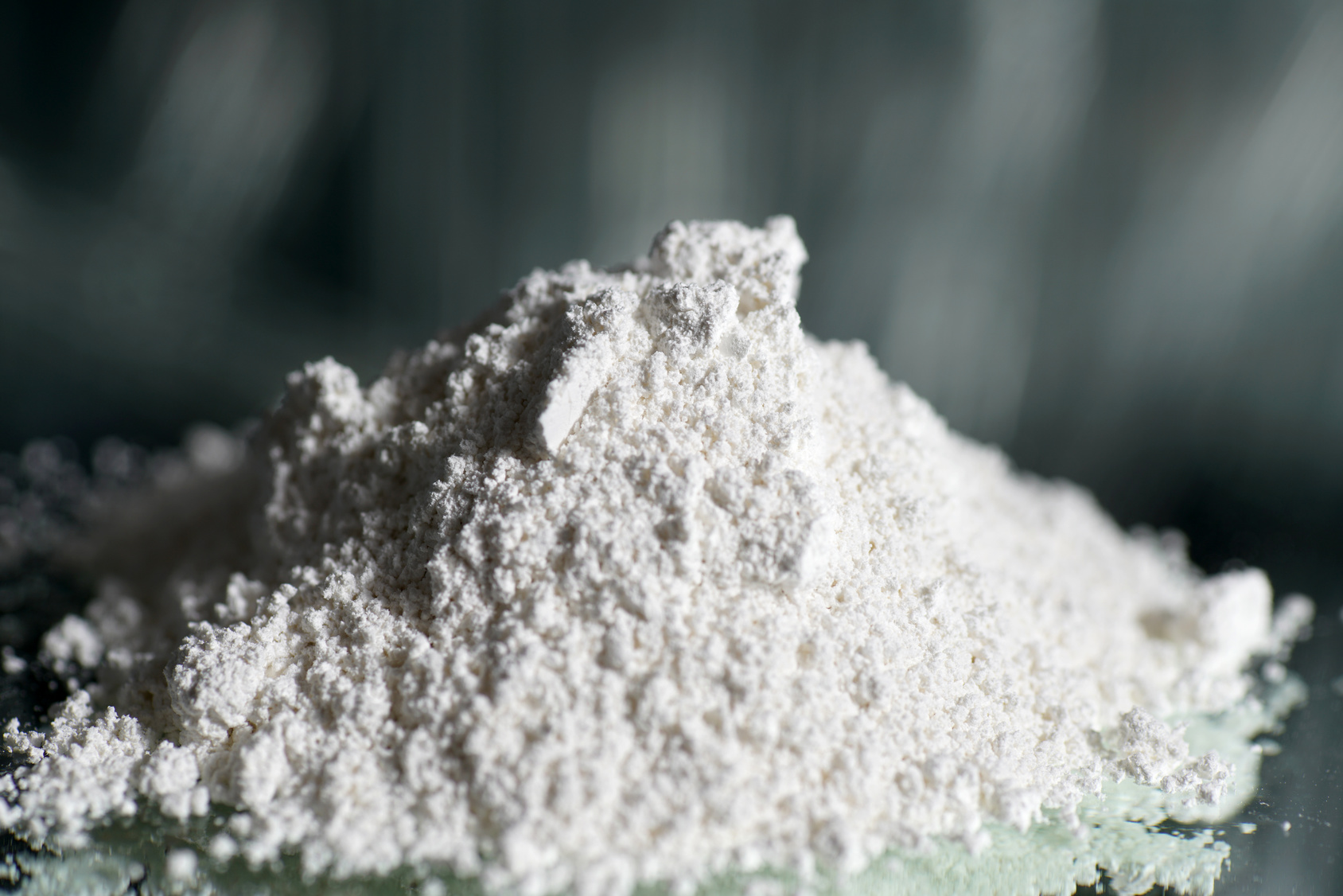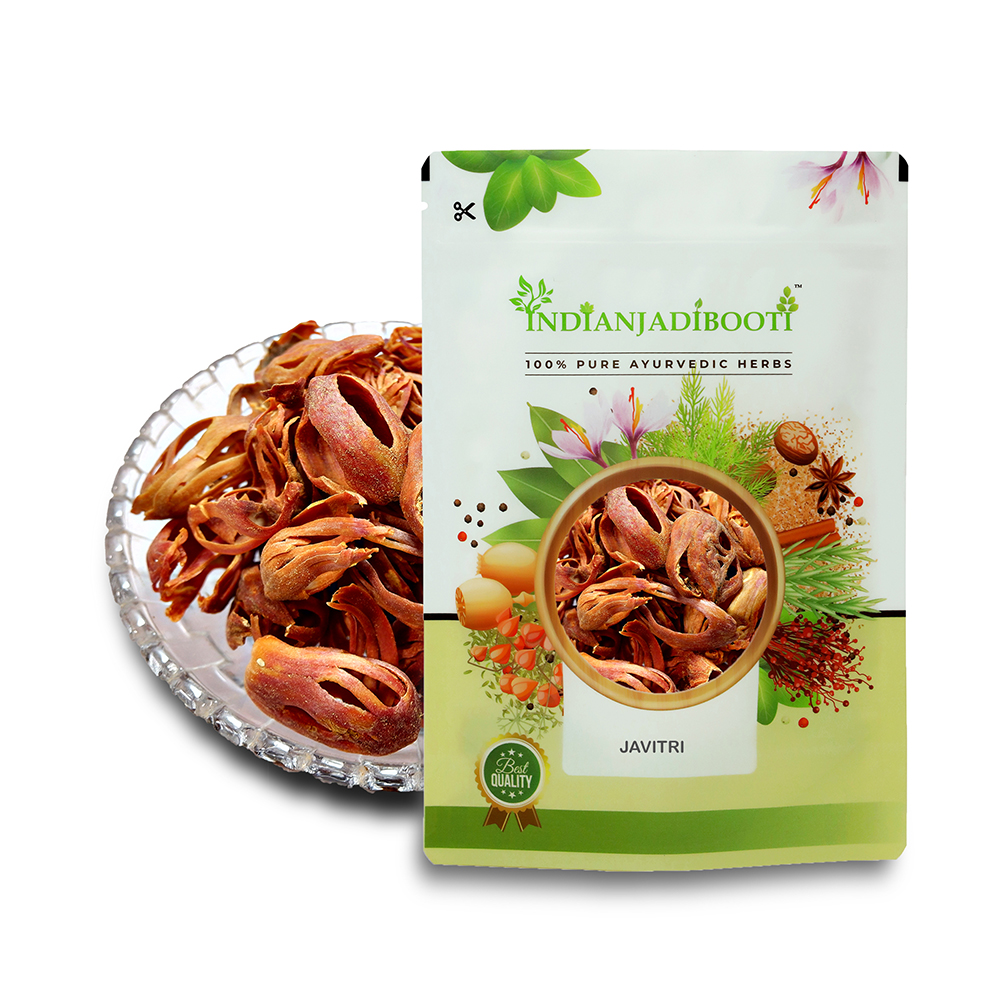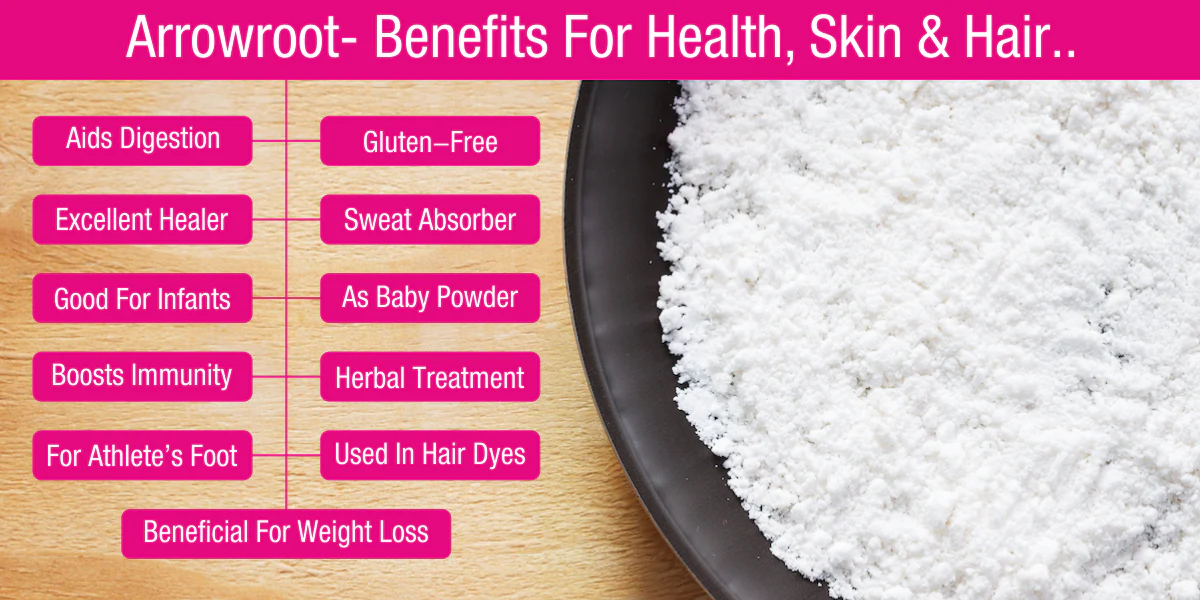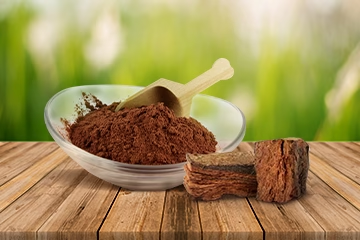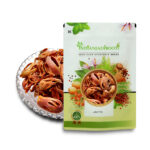Chuna — a simple, chalk-like substance widely known in India — has been used in traditional medicine for centuries. Also called Edible Lime or Calcium Hydroxide, it is popularly known in Hindi as Chuna and in Sanskrit as Choona or Sudha.
While many associate Chuna with paan (betel leaf), Ayurveda has long recognized it as a powerful mineral supplement that can strengthen bones, aid digestion, and improve overall vitality when used correctly and in minute amounts.
However, incorrect usage can lead to serious side effects. Therefore, understanding how and when to use Chuna is crucial.
In this 5,000-word guide, we’ll explore what Chuna is, its composition, uses in Ayurveda, health benefits, and safe ways to consume it.
Table of Contents
1. What Is Chuna (Edible Lime)?
Chuna or Calcium Hydroxide (Ca(OH)₂) is derived from limestone (Calcium Carbonate). When limestone is heated, it becomes quicklime (Calcium Oxide), which when mixed with water forms slaked lime or edible lime (Chuna).
In its pure form, it appears as a white, soft powder or paste, often used in traditional Indian remedies, Ayurveda, and even in cultural rituals.
Types of Chuna Used in India:
Edible Chuna (Food-grade) – Used in Ayurveda and paan preparation.
Industrial Chuna – Used in cement, whitewashing, and sanitation.
Medicinal Chuna – Specially purified form for consumption or external use.
Only edible or medicinal-grade Chuna should ever be used for health purposes.
2. Chemical Composition of Chuna
| Component | Value |
|---|---|
| Chemical Formula | Ca(OH)₂ |
| Molar Mass | 74.09 g/mol |
| Density | 2.21 g/cm³ |
| Solubility in Water | Slightly soluble |
| pH | Alkaline (12.4) |
Chuna provides elemental calcium, which supports bones, teeth, muscles, and nerves.
3. Ayurvedic Significance of Chuna
In Ayurveda, Chuna is classified as “Sudha Varga Dravya” — substances rich in minerals and alkaline nature.
It is mentioned in several classical Ayurvedic texts like Rasatarangini and Charaka Samhita as “Sudha” — meaning pure calcium compound beneficial for skeletal and digestive health.
Ayurvedic Properties of Chuna:
Rasa (Taste): Kshara (alkaline)
Guna (Quality): Laghu (light), Snigdha (unctuous)
Virya (Potency): Ushna (hot)
Vipaka (Post-digestion): Katu (pungent)
Effect on Doshas: Balances Vata and Kapha, may aggravate Pitta in excess.
Common Ayurvedic Uses:
Strengthens bones and teeth
Improves digestion
Reduces joint pain
Treats acidity and piles
Boosts reproductive health
Read More – Javitri: A Warming Spice for Health and Vitality
4. Nutritional Value of Chuna
| Nutrient | Per Gram (Approx.) |
|---|---|
| Calcium | 400–450 mg |
| Magnesium | Trace |
| Phosphorus | Trace |
| Iron | Trace |
| Vitamin D | Nil (requires sunlight for absorption) |
Even a pinch of Chuna can meet a significant part of your daily calcium requirement, but dosage control is essential.
5. Health Benefits of Chuna
1. Strengthens Bones and Teeth
Chuna is an excellent source of bioavailable calcium, making it beneficial for:
Osteoporosis and arthritis
Joint pain
Weak bones in elderly
Tooth enamel strengthening
When taken with ghee or milk, it helps improve bone density and cartilage strength.
2. Improves Digestion
Its alkaline property helps neutralize stomach acid, thus relieving:
Acidity and gas
Indigestion
Constipation (when mixed with ghee)
3. Relieves Joint Pain and Arthritis
Applied externally as Chuna paste with castor oil or turmeric, it can reduce joint inflammation and stiffness.
4. Supports Women’s Health
Chuna helps in:
Calcium balance during menopause
Reducing white discharge (Leucorrhea)
Some Ayurvedic practitioners recommend a pinch of Chuna in water or milk during periods for pain relief (only under medical guidance).
5. Boosts Energy and Immunity
Calcium plays a role in cellular energy production, nerve transmission, and muscle contraction. Regular intake (in tiny amounts) supports overall vitality.
6. Helps in Piles and Fissures
When mixed with lemon juice and water, Chuna acts as a natural alkaline cleanser that can soothe piles and fissures (used in Ayurvedic therapies).
7. Beneficial for Teeth and Gums
Chuna is used in Ayurvedic tooth powders for strengthening gums, whitening teeth, and preventing cavities.
8. Supports Reproductive Health
In traditional medicine, Chuna with buttermilk or milk is believed to enhance male vitality and support female hormonal balance due to its calcium and alkaline nature.
9. Aids in Fracture Healing
Chuna has been traditionally used as a calcium supplement in bone fractures to accelerate healing and reduce pain.
10. Reduces Acidic Toxins in the Body
Its strong alkaline nature helps neutralize body acids, promoting detoxification and reducing inflammation.
6. How to Consume Chuna Safely
Recommended Dosage:
Adults: 1 small pinch (about 100–150 mg) once daily
Children: Only under medical supervision
Elderly: Same as adult dose if prescribed
Methods of Consumption:
Chuna with Water:
Mix a pinch of Chuna in a glass of warm water. Stir well and drink immediately.Chuna with Milk:
Add a pinch to a glass of warm milk for better calcium absorption.Chuna with Lemon:
For piles, mix one pinch in lemon water (taken occasionally).Chuna with Honey:
For cough and sore throat relief.
Important: Never exceed the dosage. Overconsumption can cause chemical burns, toxicity, and kidney issues.
7. External Uses of Chuna
For Joint Pain: Mix Chuna with turmeric and castor oil. Apply on affected joints for 15–20 minutes before washing.
For Pimples: Apply a paste of Chuna and rose water on pimples (spot treatment only).
For Cracked Heels: Mix Chuna with glycerin and apply to heels overnight.
For Hair Dandruff: Some Ayurvedic treatments use diluted Chuna solution to cleanse scalp buildup.
8. Chuna in Ayurveda and Folk Remedies
Chuna has been part of grandmother’s home remedies and Ayurvedic formulations for centuries. Some traditional uses include:
With Amla (Gooseberry): For calcium and vitamin C synergy.
With Turmeric: For bone and joint inflammation.
With Ghee: For digestion and bone strength.
With Lemon Water: For piles and acidity control.
With Jaggery: For improving calcium absorption and energy.
9. Famous Practitioners and Public Awareness
Rujuta Diwekar, a renowned Indian nutritionist, popularized Chuna as a micro-dose mineral supplement for bone and hormonal health.
She recommends just a small pinch (no more than 100 mg) daily in buttermilk or milk.
Similarly, many Ayurvedic doctors use Chuna as part of Panchagavya and Rasayana therapy.
Read More – Ararot Powder: Benefits and Ayurvedic Uses
10. Side Effects and Risks of Chuna
While Chuna is beneficial in micro-quantities, misuse can be dangerous.
Common Side Effects:
Mouth or throat burns (if undiluted)
Nausea and vomiting
Constipation or stomach irritation
Kidney stones (due to calcium overload)
Elevated blood calcium (hypercalcemia)
Precautions:
Never consume industrial Chuna.
Never take it in powder form directly.
Always mix in water, milk, or buttermilk.
Consult a doctor before daily use, especially if pregnant or have kidney/liver issues.
11. Chuna for Specific Health Issues
| Condition | Remedy | Frequency |
|---|---|---|
| Weak Bones | Pinch in milk | 3–4 days/week |
| Acidity | Pinch in water with ghee | Alternate days |
| Menstrual Cramps | Pinch in warm water | Once daily during cycle |
| Piles | Pinch in lemon water | Once every 2 days |
| Cough | Pinch with honey | Once a day for 3 days |
(All remedies under Ayurvedic guidance only)
12. How to Store Chuna
Store in a glass jar (avoid plastic or metal).
Keep airtight and away from moisture.
Shelf life: Up to 1 year if properly sealed.
FAQs About Chuna (Edible Lime)
1. What is Chuna made from?
Chuna is made from limestone (calcium carbonate), which is heated and mixed with water to form calcium hydroxide.
2. Is Chuna safe to eat?
Yes, but only in minute medicinal doses and under expert supervision. Overuse can be toxic.
3. How much Chuna can I take daily?
A small pinch (100–150 mg) is enough. Do not exceed this dose.
4. Can pregnant women take Chuna?
No, it should be avoided unless specifically prescribed by a doctor.
5. Does Chuna help in bone pain?
Yes, it provides calcium to strengthen bones and joints.
6. Can Chuna cure acidity?
Yes, due to its alkaline nature, it helps neutralize stomach acid when taken properly.
7. Is Chuna good for teeth?
Yes, in Ayurvedic formulations it helps strengthen gums and teeth when used externally.
8. Are there side effects of eating too much Chuna?
Yes, overdose can cause vomiting, stomach ulcers, kidney stones, and chemical burns.
9. What’s the best time to consume Chuna (Lime)?
Morning or after meals, mixed with water or milk.
10. Can diabetics take Chuna (Lime)?
Yes, but consult your doctor, as calcium supplements may interact with medications.
Conclusion
Chuna (Calcium Hydroxide) is a powerful yet delicate Ayurvedic remedy. When used wisely — in minute doses and under professional guidance — it can help strengthen bones, teeth, and digestion, while restoring mineral balance.
However, misuse can be harmful. Always choose edible or medicinal-grade Chuna, dilute it properly, and never self-medicate without advice.
Rooted in Ayurveda and supported by modern science, Chuna reminds us that even the simplest minerals, when used correctly, can have profound health benefits.



